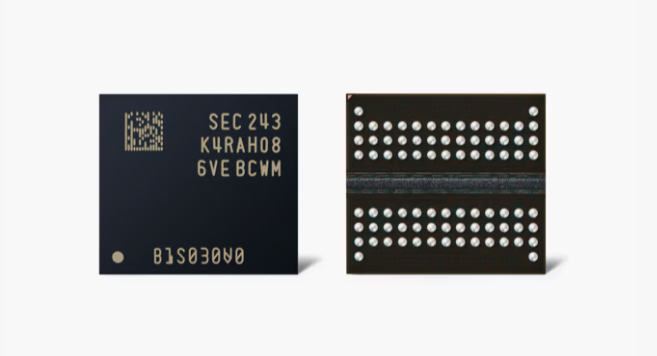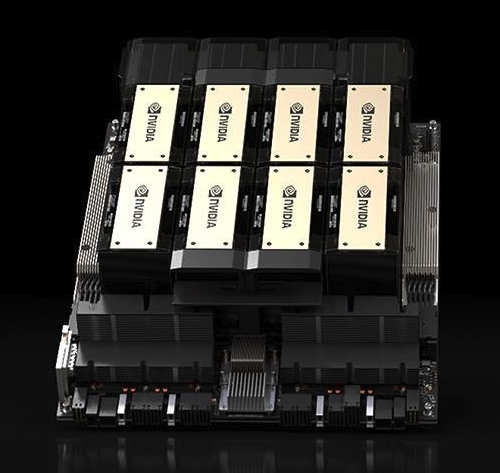

I would like to explore memory and non-memory semiconductors. Semiconductors act as the brain of almost all electronic devices we use, and they can be broadly divided into two categories based on their types and functions.
First, memory semiconductors are, as the name suggests, specialized in storing or preserving data. They are responsible for remembering or temporarily storing information in various electronic devices such as computers and smartphones. The chips contained in storage devices like RAM or SSD that we commonly use are typical examples of memory semiconductors. These memory semiconductors are optimized for reading and writing data and are largely divided into two categories depending on power supply. These are volatile memory (such as DRAM, SRAM), where stored data disappears when power is cut off, and non-volatile memory (such as NAND Flash, NOR Flash), where data is maintained even when power is turned off. In the memory semiconductor market, memory capacity, data transfer speed, stability, and process miniaturization serve as key competitive factors.
On the other hand, non-memory semiconductors refer to semiconductors that perform functions such as processing, control, and computation rather than data storage. There are many diverse types including sensors, processors, logic chips, analog chips, and power semiconductors, which are used in a wide range of fields from IT products to automobiles and industrial equipment. They primarily handle computation, processing, signal detection, and control functions. High-performance logic chips that we commonly know, such as 'CPU', 'GPU', 'AP (Application Processor)', and 'FPGA', belong to non-memory semiconductors. These non-memory semiconductors are also referred to as system semiconductors, though not all non-memory semiconductors are system semiconductors, but in broad terms, they are generally used similarly. They have the characteristic that the required performance, power consumption, and process technology vary greatly depending on applications like mobile, PC, automotive, IoT, etc.
Memory and non-memory semiconductors can be distinguished by several key criteria. First, in terms of function, memory focuses on 'storing/preserving' data, while non-memory focuses on 'computing/processing/controlling' data. Additionally, whether data is maintained during power interruption is an important distinction; memory is further classified based on whether it is volatile or non-volatile (e.g., DRAM vs NAND Flash), whereas non-memory typically aims for computation or control rather than direct 'data storage'. Memory requires large-scale production capabilities and fine processes, and is one of the most competitive fields in terms of cost competitiveness. In contrast, non-memory requires high design technology capabilities or specialized processes, and is characterized by highly segmented market demand and significant product diversification.
Looking at the most representative memory semiconductor products, first, there is DRAM (Dynamic RAM). This is a volatile memory used as a workspace for PC main memory (Memory Module), smartphones (Mobile DRAM), and more. It provides fast read/write speeds, but has the disadvantage that data disappears when the power is turned off. SRAM (Static RAM) is also volatile memory, but it has faster access speeds than DRAM, so it is mainly used in places requiring ultra-high-speed reading/writing such as cache memory.
NAND Flash is a representative non-volatile memory, widely used in smartphone storage, USB drives, SSDs, etc., with the significant advantage that data is preserved even when power is turned off. NOR Flash is another non-volatile memory with excellent fast reading speed and random access (ROM functionality) characteristics, making it primarily used for firmware storage in embedded systems or in some IoT devices.
In the case of NOR Flash, because cells are connected in a parallel structure, it is possible to directly read by specifying any address. However, in the case of NAND Flash, the cells are connected in a serial structure, so random access is relatively slow, but it is efficient for sequential writing and reading in block units.
When people commonly say "NAND Flash is faster than NOR Flash," it actually means that NAND has higher read/write efficiency when transferring large amounts of data in block units. NOR can be faster in random access (read) where specific addresses are directly read, but in environments dealing with large volumes of data, NAND is more advantageous in terms of actual throughput.
The non-memory semiconductor product family is even more diverse. CPU (Central Processing Unit) is a chip that acts as the main processor in PCs or servers, with Intel and AMD being representative suppliers. GPU (Graphics Processing Unit) is a processor specialized in graphic computation (3D rendering, video processing), with NVIDIA and AMD as major companies, and recently, it is also frequently utilized for AI computation.
Additionally, AP (Application Processor) is a chip responsible for running applications in mobile devices such as smartphones and tablets, including Samsung's Exynos, Qualcomm's Snapdragon, and Apple's A series. SoC (System on Chip) is a form that integrates multiple functions (CPU, GPU, DSP, communication modules, etc.) on a single chip, widely used in mobile devices, IoT devices, automotive infotainment systems, and more.
ASIC (Application Specific Integrated Circuit), which is custom-made for specific purposes, includes representative examples such as ASIC for Bitcoin mining and ASIC for communication/networking equipment. MCU (Microcontroller Unit) is a microcontroller chip with built-in small-scale processing capabilities and memory, utilized for system control in various places such as home appliances, automobiles, IoT sensors, and more.
FPGA (Field Programmable Gate Array) is a chip that allows users to reprogram circuit configurations as desired in the field, used for prototype development, networking equipment, high-speed data processing, and more. In addition, image sensors (CMOS Image Sensor), various environmental sensors (temperature/pressure/light sensors, etc.), chips handling analog signals, and power management chips (PMIC, Power MOSFET, etc.) all belong to the non-memory semiconductor category.
